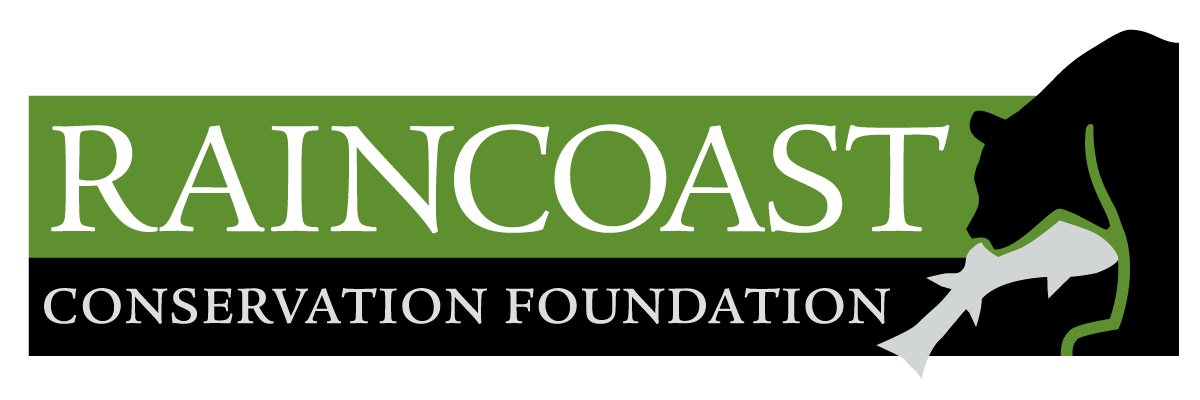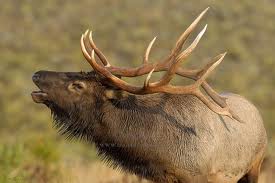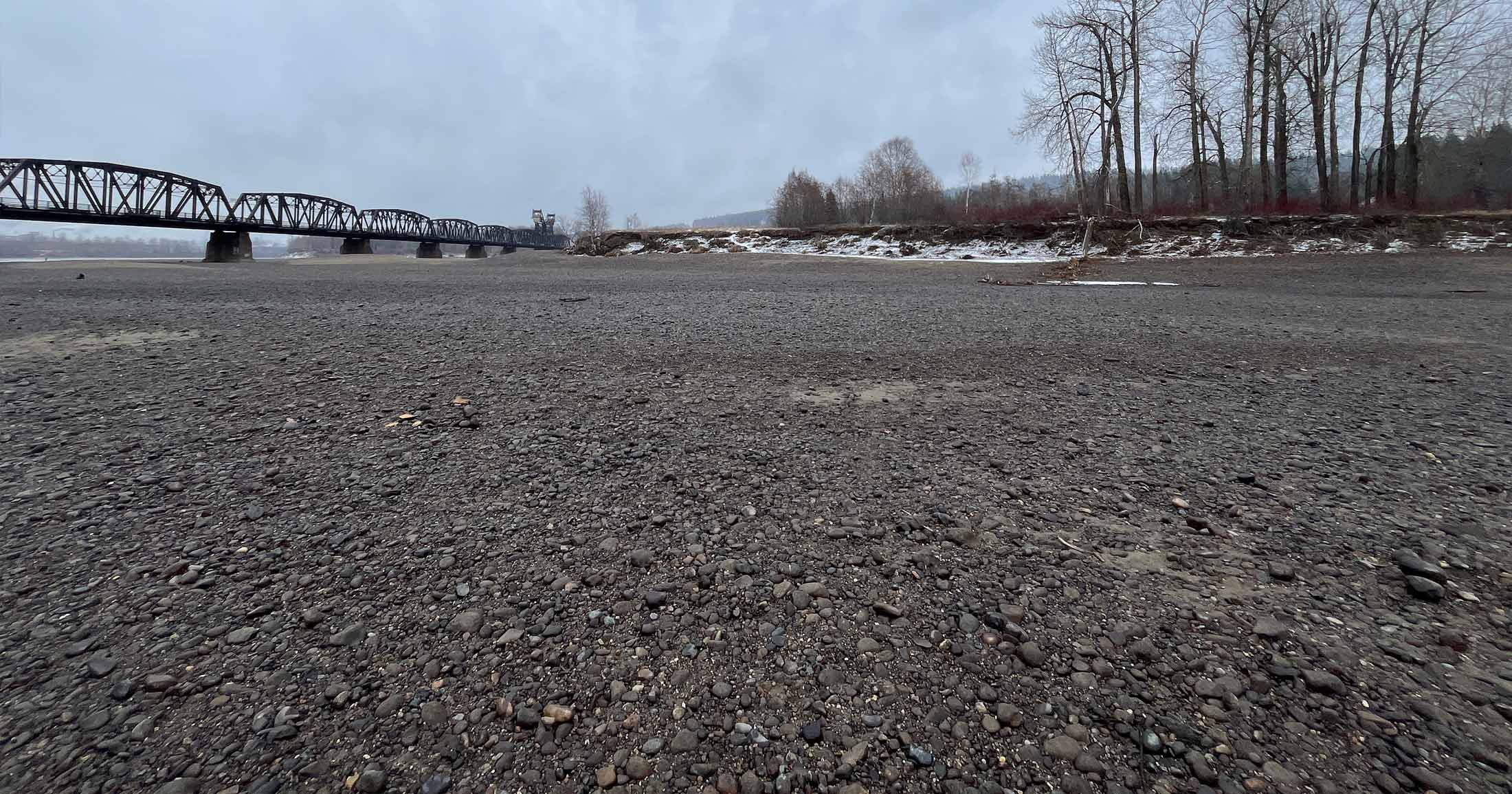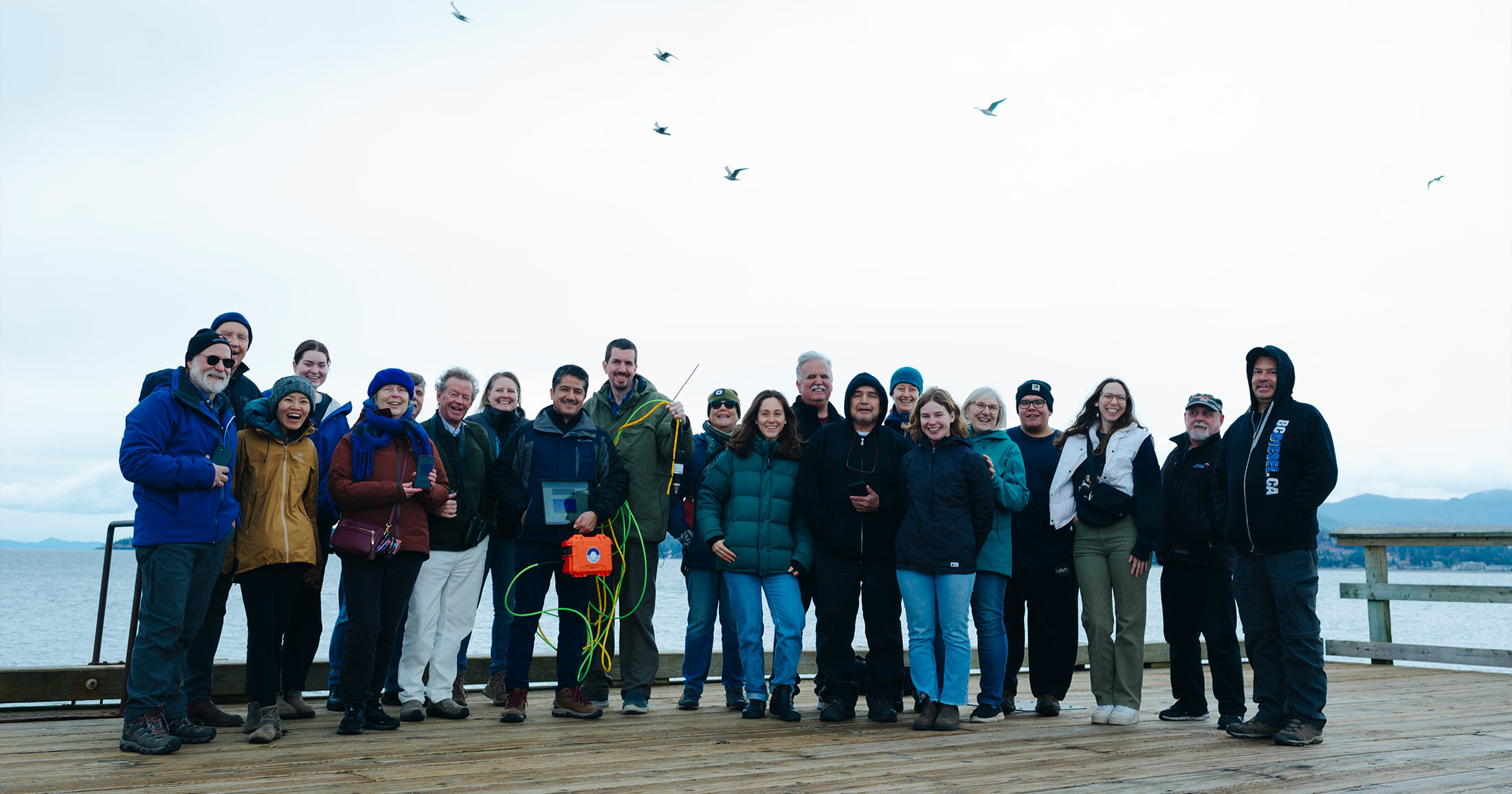Disease transmission (TB) in elk
Influence of landscape and social interactions on transmission of disease in a social cervid
Citation: Vander Wal, E. P.C. Paquet and Jose´A. Andre. 2012. Influence of landscape and social interactions on transmission of disease in a social cervid. Molecular Ecology.
Abstract
The mechanisms of pathogen transmission are often social behaviours. These occur at local scales and are affected by landscape-scale population structure. Host populations frequently exist in patchy and isolated environments that create a continuum of genetic and social familiarity. Such variability has an important multispatial effect on pathogen spread. We assessed elk dispersal (i.e. likelihood of interdeme pathogen transmission) through spatially explicit genetic analyses. At a landscape scale, the elk population was composed of one cluster within a southeast-to-northwest cline spanning three spatially discrete subpopulations of elk across two protected areas in Manitoba (Canada).
Genetic data are consistent with spatial variability in apparent prevalence of bovine tuberculosis (TB) in elk. Given the existing population structure, between-subpopulation spread of disease because of elk dispersal is unlikely. Furthermore, to better understand the risk of spread and distribution of the TB, we used a combination of close-contact logging biotelemetry and genetic data, which highlights how social intercourse may affect pathogen transmission.
Our results indicate that close-contact interaction rate and duration did not covary with genetic relatedness. Thus, direct elk-to-elk transmission of disease is unlikely to be constrained to related individuals. That social intercourse in elk is not limited to familial groups provides some evidence pathogen transmission may be density-dependent. We show that the combination of landscape-scale genetics, relatedness and local-scale social behaviours is a promising approach to understand and predict landscape-level pathogen transmission within our system and within all social ungulate systems affected by transmissible diseases.
Keywords: bovine tuberculosis, Cervus canadensis manitobensis, dyadic interactions, elk, landscape genetics, pathogen transmission, population structure, relatedness, sociality
Support our mobile lab, Tracker!
Our new mobile lab will enable the Healthy Waters Program to deliver capacity, learning, and training to watershed-based communities. We need your support to convert the vehicle and equip it with lab instrumentation. This will allow us to deliver insight into pollutants of concern in local watersheds, and contribute to solution-oriented practices that protect and restore fish habitat.










